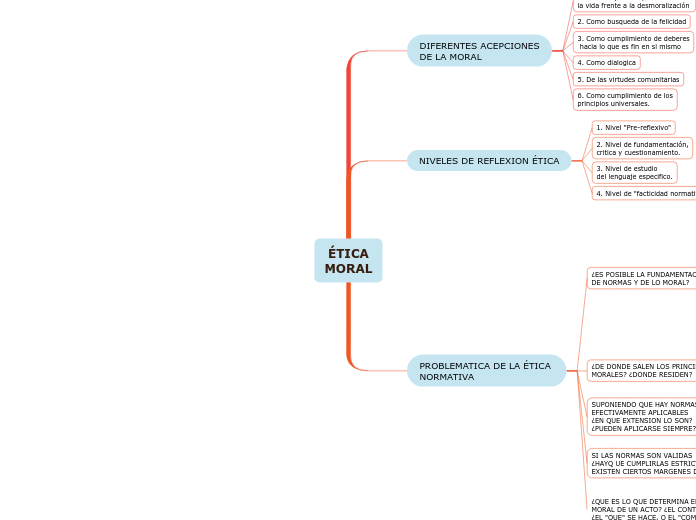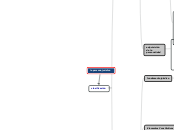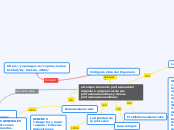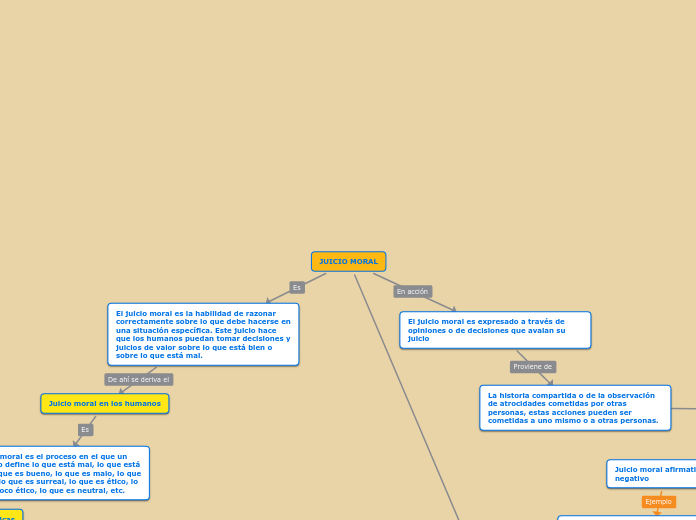ÉTICA
MORAL
PROBLEMATICA DE LA ÉTICA
NORMATIVA
The ending of a story is essential. We all know that if the ending is weak, what happened before loses its importance. So make it unpredictable, but fair. A resolved ending answers all the questions and ties up any loose threads from the plot.
¿QUE ES LO QUE DETERMINA EL CARACTER
MORAL DE UN ACTO? ¿EL CONTENIDO O LA FORMA?
¿EL "QUE" SE HACE, O EL "COMO" SE HACE?
Eticas formales
Eticas "materiales"
SI LAS NORMAS SON VALIDAS
¿HAYQ UE CUMPLIRLAS ESTRICTAMENTE, O
EXISTEN CIERTOS MARGENES DE FLEXIBILIDAD?
2. Latitudinarismo
1. Rigorismo
SUPONIENDO QUE HAY NORMAS
EFECTIVAMENTE APLICABLES
¿EN QUE EXTENSION LO SON?
¿PUEDEN APLICARSE SIEMPRE?
2. Situacionismo
1. Casuismo
¿DE DONDE SALEN LOS PRINCIPIOS
MORALES? ¿DONDE RESIDEN?
2. Autonomismo
1. Heteronomismo
¿ES POSIBLE LA FUNDAMENTACION
DE NORMAS Y DE LO MORAL?
This is the moment when the main character surpasses the last obstacle and finally faces their greatest challenge.
The climax usually follows one of these patterns:
- realization
- resolution
- choice
Type in your answer.
Respuesta
negativa
Falibilismo moral
Escepticismo moral
Relativismo moral
Respuesta afirmativa
Si dimos una respuesta afirmativa
al problema 1 de la fundamentacion,
son posibles otros problemas.
Fundamentación
teleológica o cosecuencialista
fundamentación
deontológica
NIVELES DE REFLEXION ÉTICA
The middle of the story is where you add layers of complications that will lead to the end. Reveal more about the character's journey. Did their personality go through changes? How did they overcome the challenges? And as you build up the story’s central conflict, make it more personal to that character. Also, from the middle act, you have to lead into the final act.
4. Nivel de "facticidad normativa como tal"
3. Nivel de estudio
del lenguaje especifico.
There wouldn't be any tension and excitement in your story if there weren't any obstacles in your character's way.
2. Nivel de fundamentación,
critica y cuestionamiento.
Your character(s) need(s) motivation in order to solve the challenge(s).
1. Nivel "Pre-reflexivo"
Each story has a main character and that character usually needs to solve a problem or challenge. The character's challenge is the one that creates tension throughout the story.
DIFERENTES ACEPCIONES
DE LA MORAL
In the beginning of the story (or the exposition), you will need to introduce the setting and characters. You might also want to introduce the main conflict. This part of the story is important because it gives the reader necessary background information and maybe even a first insight into a character’s personality.
6. Como cumplimiento de los
principios universales.
5. De las virtudes comunitarias
4. Como dialogica
3. Como cumplimiento de deberes
hacia lo que es fin en si mismo
2. Como busqueda de la felicidad
1. Como capacidad para enfrentar
la vida frente a la desmoralización
Characters are essential to a good story. Usually, the protagonist(s) is/are the most affected by the plot. Introduce a character by focusing on their actions, interests, and occupation, as the physical appearance doesn't make a difference in most cases.









